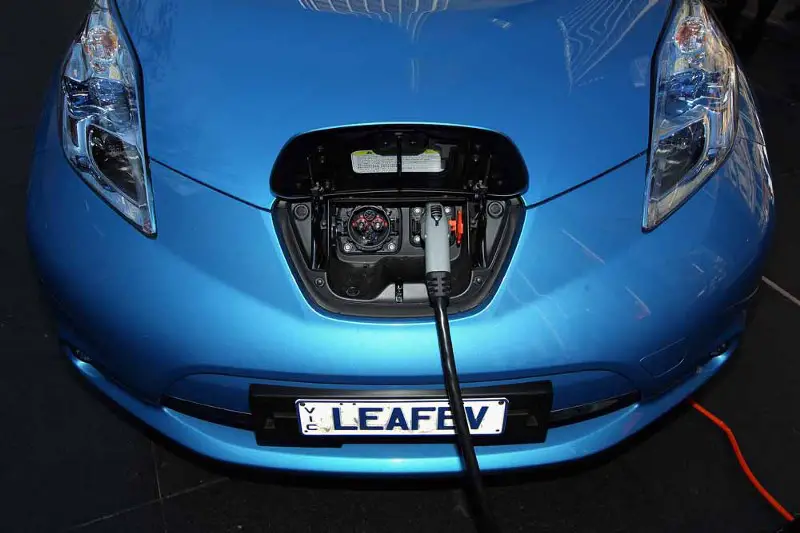How To Convert A Combustion Car to Electric
Majority of the electric cars on the road today are homebrew conversion vehicles. People with an interest in electric cars convert…

The majority of the electric cars on the road today are home brew conversion vehicles. People with an interest in electric cars convert existing gasoline-powered cars to electric in their backyards and garages. A typical conversion uses a DC controller and a DC motor. The person doing the conversion decides what voltage the system will run at — typically anything between 96 volts and 192 volts. The voltage decision controls how many batteries the car will need, and what sort of motor and controller the car will use. The most common motors and controllers used in home conversions come from the electric forklift industry.

The person doing the conversion has choices when it comes to battery technology. The vast majority of home conversions use lead-acid batteries, and there are several options such as:
- Marine deep-cycle lead-acid batteries
- Golf-cart batteries
- High-performance sealed batteries
The batteries can have a flooded, gelled or AGM electrolyte. Flooded batteries tend to have the lowest cost, but also the lowest peak power. Once the decisions about the motor, controller, and batteries are made, the conversion can start. Here are the steps:
- Remove the engine, gas tank, exhaust system, clutch and perhaps the radiator from the donor vehicle. Some controllers have water-cooled transistors, while some are air-cooled.
- Attach an adapter plate to the transmission and mount the motor. The motor normally requires custom mounting brackets.
- Usually, the electric motor needs a reduction gear for maximum efficiency. The easiest way to create the gear reduction is to pin the existing manual transmission in first or second gear. It would save weight to create a custom reduction gear, but normally it is too expensive.
- Mount the controller.
- Find space for, and build brackets to safely hold, all the batteries. Install the batteries. Sealed batteries have the advantage that they can be turned on their sides and fitted into all sorts of nooks and crannies.
- Wire the batteries and motor to the controller with #00 gauge welding cable.
- If the car has power steering, wire up and mount an electric motor for the power steering pump.
- If the car has air conditioning, wire up and mount an electric motor for the A/C compressor.
- Install a small electric water heater for heat and plumb it into the existing heater core, or use a small ceramic electric space heater.
- If the car has power brakes, install a vacuum pump to operate the brake booster.
- Install a charging system.
- Install a DC-to-DC converter to power the accessory battery.
- Install some sort of voltmeter to be able to detect the state of charge in the battery pack. This voltmeter replaces the gas gauge.
- Install potentiometers, hook them to the accelerator pedal and connect to the controller.
- Most home-brew electric cars using DC motors use the reverse gear built into the manual transmission. AC motors with advanced controllers simply run the motor in reverse and need a simple switch that sends a reverse signal to the controller. Depending on the conversion, you may need to install some sort of reverse switch and wire to the controller.
- Install a large relay (also known as a contactor) that can connect and disconnect the car’s battery pack to and from the controller. This relay is how you turn the car “on” when you want to drive it. You need a relay that can carry hundreds of amps and that can break 96 to 300 volts DC without holding an arc.
- Rewire the ignition switch so that it can turn on all the new equipment, including the contactor.
When this is all done and tested, the Car is ready to be used. A typical conversion, if it is using all new parts, costs between $5,000 and $10,000 (not counting the cost of the donor vehicle or labor). The costs break down like this:
- Batteries — $1,000 to $2,000
- Motor — $1,000 to $2,000
- Controller — $1,000 to $2,000
- Adapter plate — $500 to $1,000
- Other (motors, wiring, switches, etc.) — $500 to $1,000




